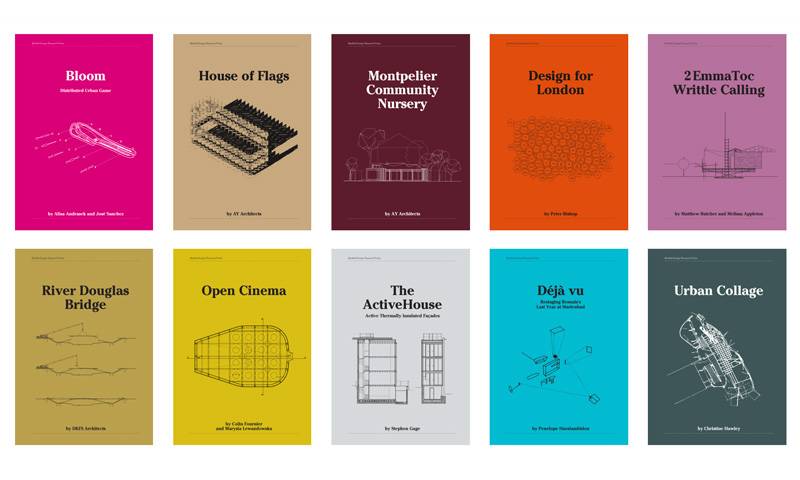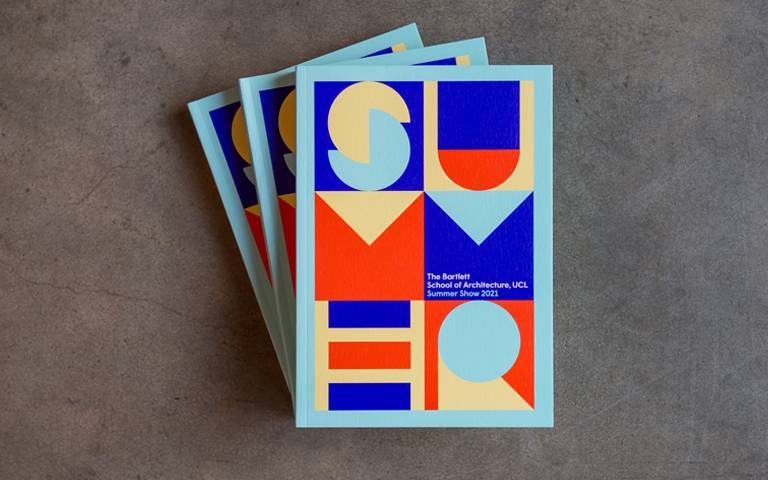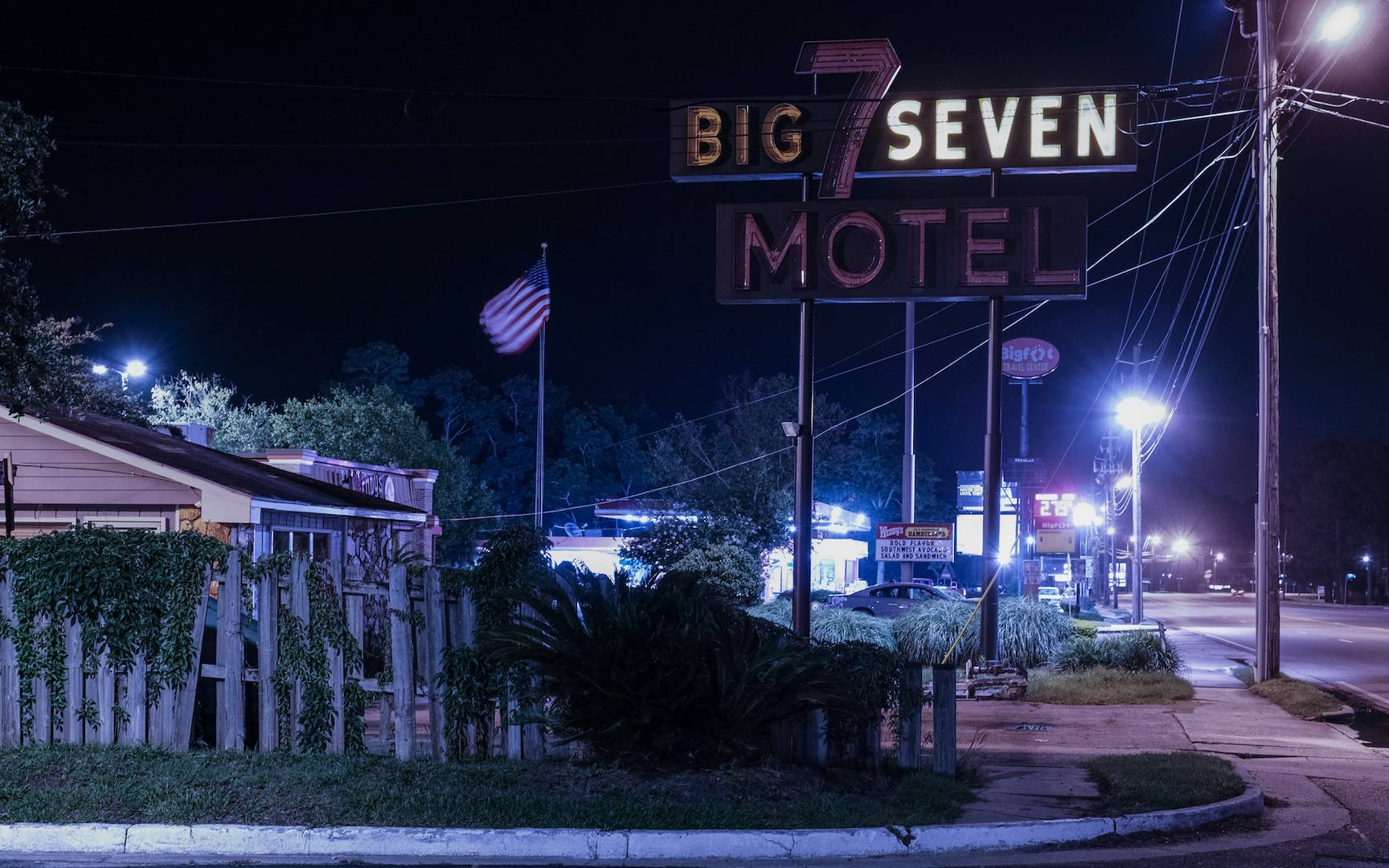The pioneering InnoChain research network examines how advanced digital design tools can positively challenge future building culture and enable more sustainable and materially smarter design.
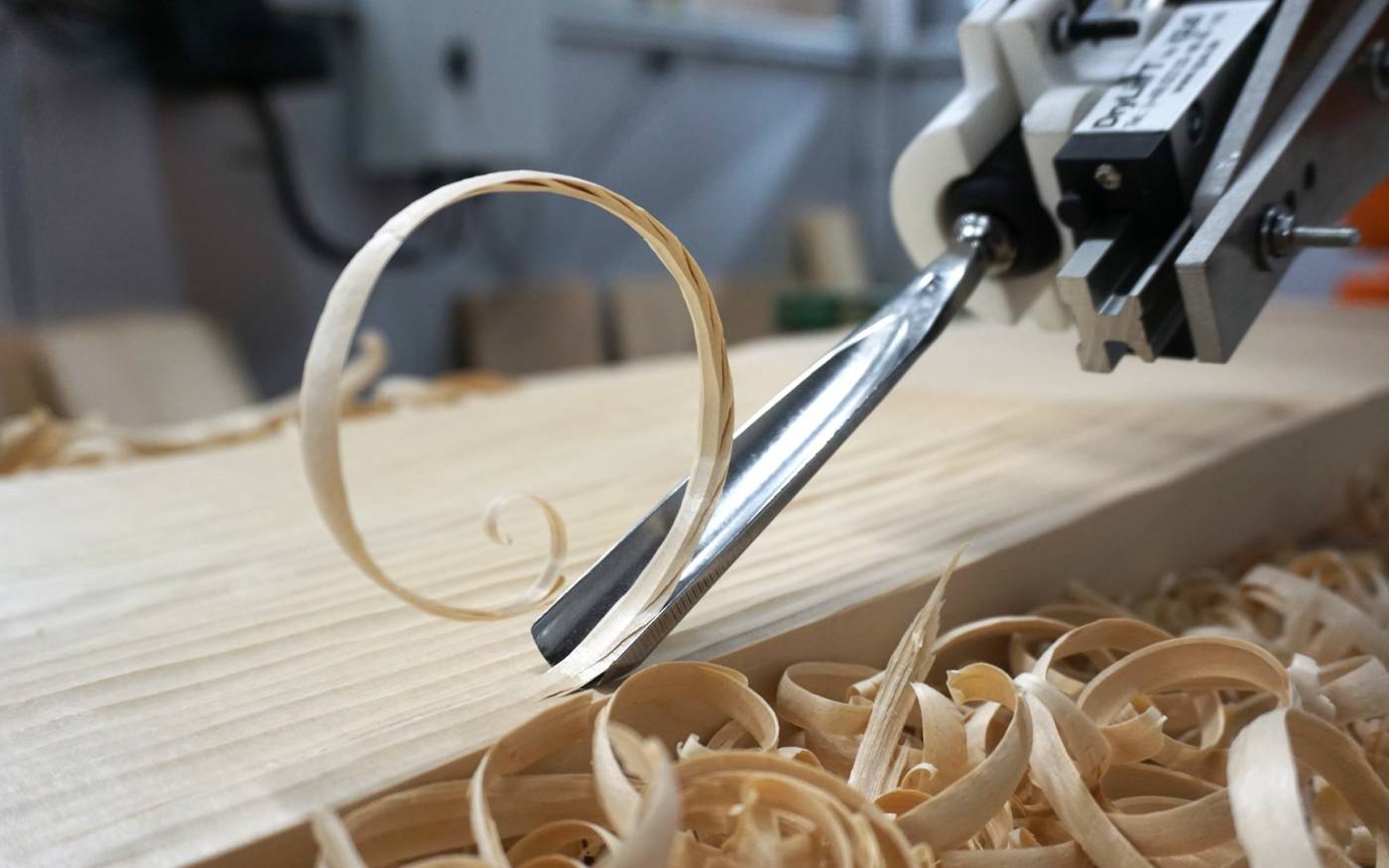
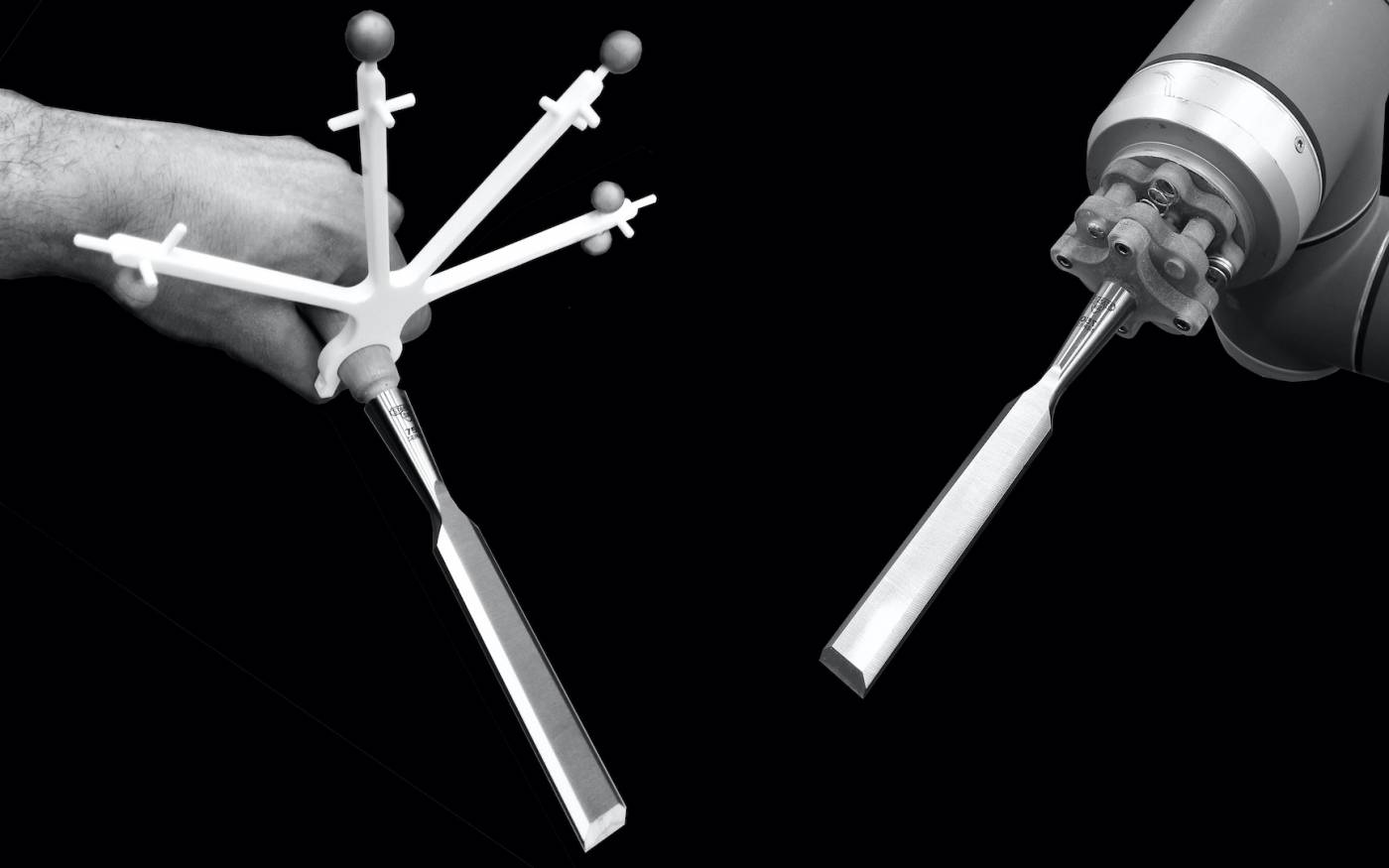
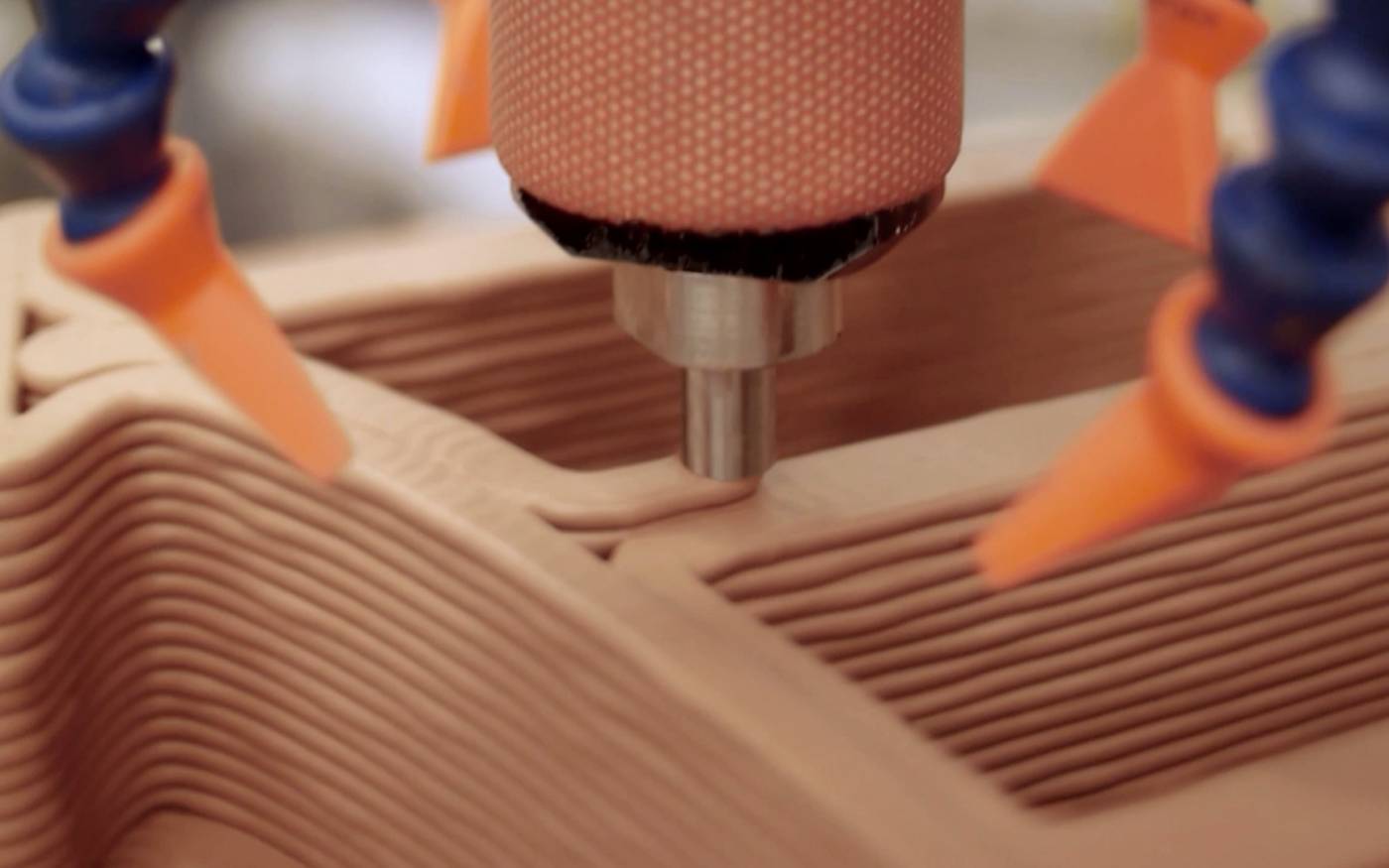

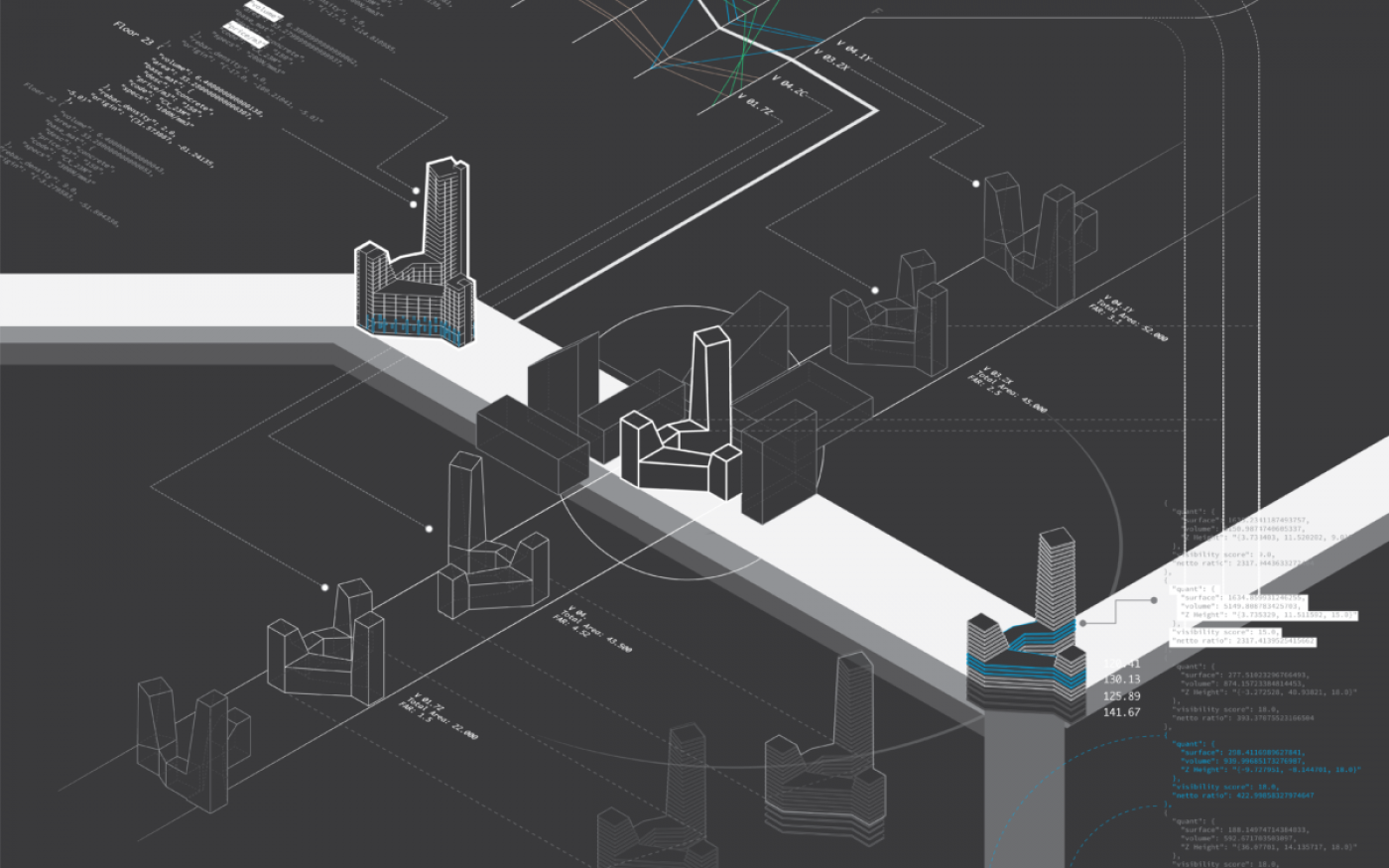
Overview
The Bartlett School of Architecture was one of six European research institutions and 14 leading practices from Austria, Denmark, Germany, Spain, Sweden and the UK to join forces in the pioneering InnoChain research network, examining how advanced digital design tools can positively challenge future building culture and enabling more sustainable, better informed and materially smarter design solutions. Supported between 2015 and 2020 by a €4 million grant from the EU’s Marie Skłodowska-Curie Actions Programme, 15 doctoral level research projects were conducted in three domains of design and technology innovation: communication, simulation and materialisation.
Projects within The Bartlett have produced new technologies with outstanding impact. Technology that allows ‘industrial clay’ to be used for additive manufacturing (A Prior) has since been taken up in the automotive industry by companies such as Staedtler GmbH, and is expected to enable more than 200 design studios worldwide (which collectively consume over 3 million kg of clay annually) to build life‑size prototypes in a significantly faster, less physically strenuous and more sustainable manner. Photogrammetric feedback and machine learning have been used to teach industrial robots the craft and manual skill of successfully carving heterogeneous timber with chisels (G Brugnaro), which can be extended to a range of tools in uncertain environments. Speckle, developed to improve existing CAD and BIM communication standards (D Stefanescu), has already become widely used software in the AEC industry, and has led to further Innovate UK funded research on data mobility and a successful company spanning three continents.
The InnoChain project produced 69 research papers published in scientific journals and international conferences during a five-year span and has gone on to publish more since. Practice-based and industry focused, its physical outputs and technologies have had wide public recognition, as seen at the Elytra Filament Pavilion at the V&A and at the Vitra Design Museum (J Solly, ITKE/ICD Stuttgart). The network held three annual colloquia and an international conference, Expanding Information Modelling for a New Material Age, in Copenhagen during 2018. It has also published five volumes of a dedicated InnoChain Network Journal along with a book published in partnership with UCL Press, Design Transactions: Rethinking Information Modelling for a New Material Age (2020).
- People
Co-Investigator
Professor Bob Sheil
Professor Sean HannaEarly Stage Researchers
Giulio Brugnaro
Arthur Prior
Dimitrie Stefanescu- Related links
- External partners
Academic Partners:
CITA: Centre for Information Technology and Architecture, Royal Danish Academy of Fine Arts
(Project Lead) Professor Mette Ramsgaard Thomsen
Associate Professor Martin TamkeITKE: Institute of Building Structures and Structural Design, University of Stuttgart
Prof. Dr.-Ing. Jan KnippersIOA: Institute of Architecture, University of Applied Arts, Vienna
Sen.Art. Dipl.arch. MArch. Anja Jonkhans
o.Univ.-Professor Dipl.Ing. Dr.techn. Klaus Bollinger
Dipl.Ing. Dr.techn. Clemens PreisingerKTH School of Architecture, Stockholm
Professor Ulrika Karlsson
Assistant Professor Oliver Tessmann
Professor Johan SilfwerbrandIAAC: Institute for Advanced Architecture of Catalonia, Universitat Politecnica de Catalunya, Barcelona
Associate Professor Areti Markopoulou
Dr. Mathilde Marengo
Professor Manuel Gausa
Professor Eduard BruIndustry Partners:
Foster + Partners
White Arkitekter
Bjarke Ingels Group
HENN Gmbh.
ROK – Rippmann Oesterle Knauss
Cloud 9
BuroHappold Engineering
str.ucture
Design to Production
Smith Innovation
Blumer-Lehmann AG
S-Form
Robert McNeel & Associates
FibR GmbHThis project received funding from the European Union’s Horizon 2020 research and innovation programme under the Marie Sklodowska-Curie grant agreement No 642877.
- Image credits
Images 1–2: Giulio Brugnaro
Image 3: Arthur Prior
Images 4–5: Dimitrie Stefanescu
 Close
Close


